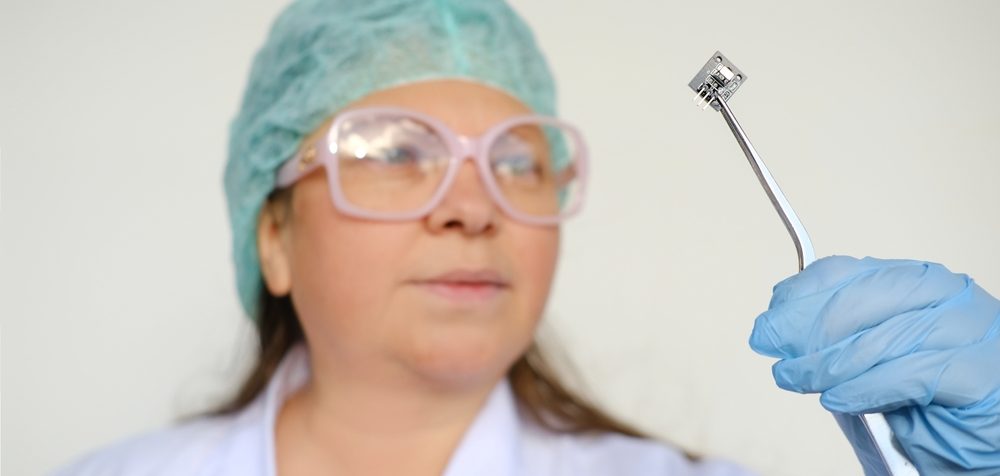
Cornell University researchers have developed a bioelectric device that can detect and classify coronavirus variants by mimicking the infection process on a microchip. This device – which uses a biomembrane to simulate the cellular environment – can rapidly determine the potential threat level of each variant, making it a quick and effective tool for early virus characterization and response. It can also be adapted to other viruses, such as influenza and measles.
The team created the sensing tool by using a biomembrane on a microchip that mimics the cellular environment for infection. The tool actually recreates the biological cues and steps that lead to the initiation of an infection at the cellular membrane of a single cell. This enables researchers to quickly characterize variants of concern and understand the mechanics that drive the disease’s spread.
“There could potentially be a correlation between how well a variant can deliver its genome across the biomembrane layer and how concerning that variant can be in terms of its ability to infect humans,” Susan Daniel, professor of chemical engineering, and senior author of the paper said. “If it’s able to release its genome very effectively, perhaps that’s an indicator that a variant of concern should be something we should monitor closely or formulate a new vaccine that includes it. If it doesn’t release it very well, then maybe that variant of concern is something less worrisome. The key point is we need to classify these variants quickly so we can make informed decisions, and we can do this really fast with our devices. These assays take minutes to run, and it’s ‘label-free,’ meaning you don’t actually have to tag the virus to monitor its progress.”
The platform can be tailored for other viruses, such as influenza and measles, in cases where the researchers know what cell type has the propensity to be infected, as well as what special conditions are required for a specific infection to flourish.
“Every virus has its own way of doing things. And you need to know what they are to replicate that infection process on chip,” Daniel said. “But once you know them, you can build the platform out to accommodate any of those specific conditions.”
